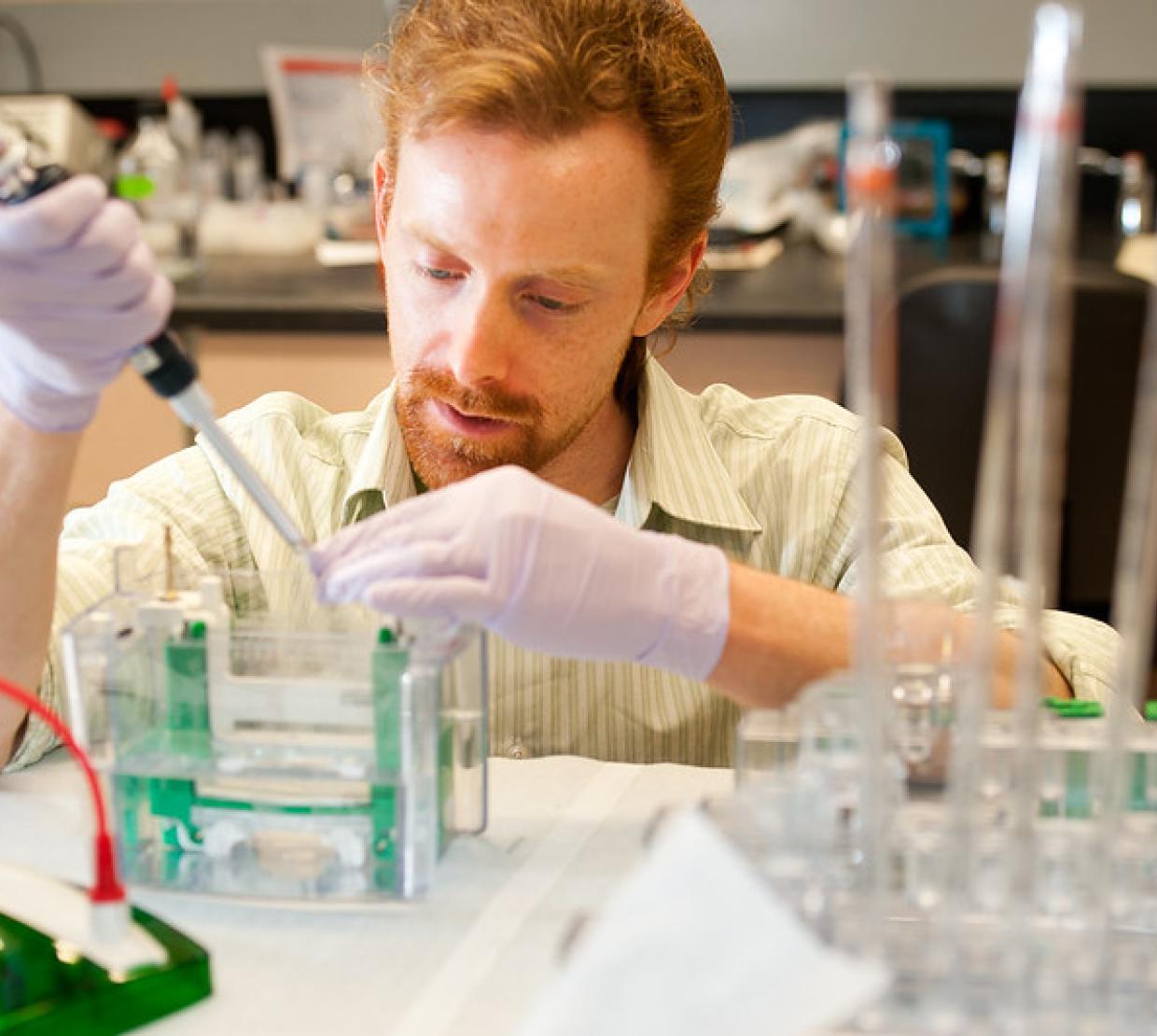Researchers at Oregon State University have found a key new piece of the puzzle in the quest to use gene therapy to enable people born deaf to hear.
The work centers around a large gene responsible for an inner-ear protein, otoferlin. Mutations in otoferlin are linked to severe congenital hearing loss, a common type of deafness in which patients can hear almost nothing.
“For a long time otoferlin seemed to be a one-trick pony of a protein,” said Colin Johnson, associate professor of biochemistry and biophysics. “A lot of genes will find various things to do, but the otoferlin gene had appeared only to have one purpose and that was to encode sound in the sensory hair cells in the inner ear. Small mutations in otoferlin render people profoundly deaf.”
In its regular form, the otoferlin gene is too big to package into a delivery vehicle for molecular therapy, so Johnson’s team is looking at using a truncated version instead.
Research led by graduate student Aayushi Manchanda showed the shortened version needs to include a part of the gene known as the transmembrane domain, and one of the reasons for that was unexpected: Without the transmembrane domain, the sensory cells were slow to mature.
“That was surprising since otoferlin was known to help encode hearing information but had not been thought to be involved in sensory cell development,” Johnson said.
Findings were published in Molecular Biology of the Cell.
Scientists in Johnson’s lab have been working for years with the otoferlin molecule and in 2017 they identified a truncated form of the gene that can function in the encoding of sound.
To test whether the transmembrane domain of otoferlin needed to be part of the shortened version of the gene, Manchanda introduced a mutation that truncated the transmembrane domain in zebrafish.
Zebrafish, a small freshwater species that go from a cell to a swimming fish in about five days, share a remarkable similarity to humans at the molecular, genetic and cellular levels, meaning many zebrafish findings are immediately relevant to humans. Embryonic zebrafish are transparent and can be easily maintained in small amounts of water.
“The transmembrane domain tethers otoferlin to the cell membrane and intracellular vesicles but it was not clear if this was essential and had to be included in a shortened form of otoferlin,” Manchanda said. “We found that the loss of the transmembrane domain results in the sensory hair cells producing less otoferlin as well as deficits in hair cell activity. The mutation also caused a delay in the maturation of the sensory cells, which was a surprise. Overall the results argue that the transmembrane domain must be included in any gene therapy construct.”
At the molecular level, Manchanda found that a lack of transmembrane domain led to otoferlin failing to properly link the synaptic vesicles filled with neurotransmitter to the cell membrane, causing less neurotransmitter to be released.
“Our study suggests otoferlin’s ability to tether the vesicles to the cell membrane is a key mechanistic step for neurotransmitter release during the encoding of sound,” Manchanda said.
Working with Manchanda and Johnson on this research were Josephine Bonventre and Paroma Chatterjee of the Oregon State College of Science and Sean Bugel and Robyn Tanguay of the OSU College of Agricultural Sciences.
The National Institutes of Health supported the study.




